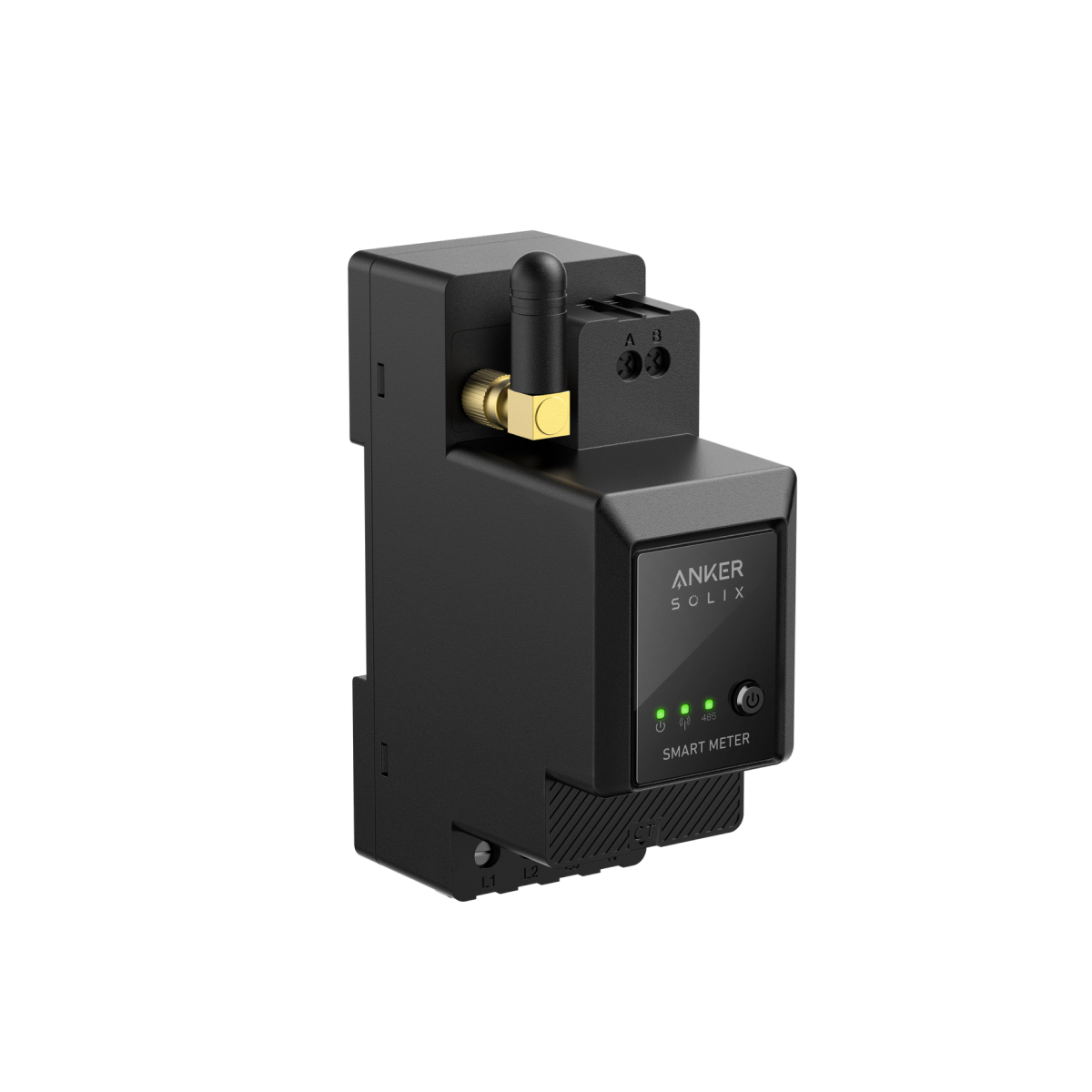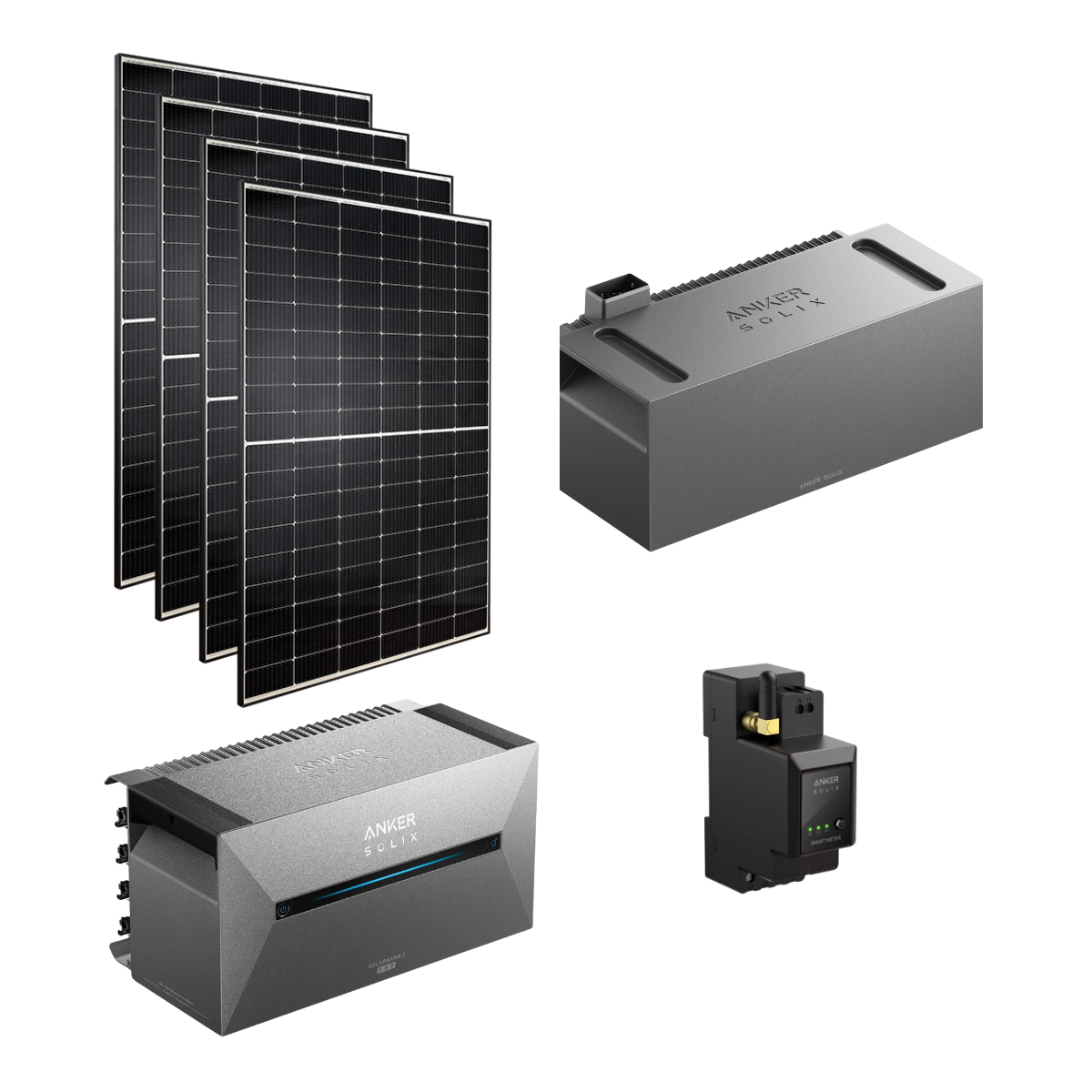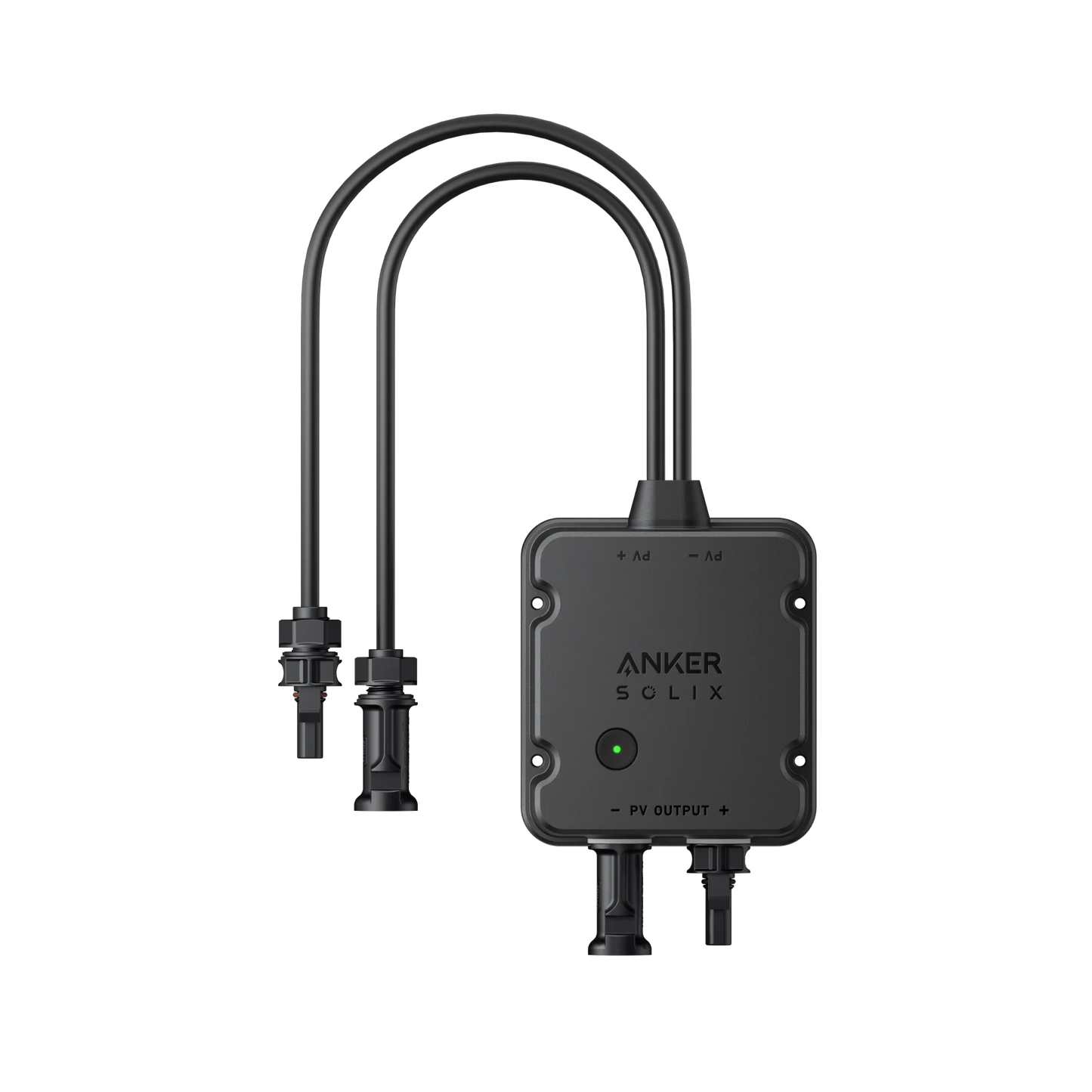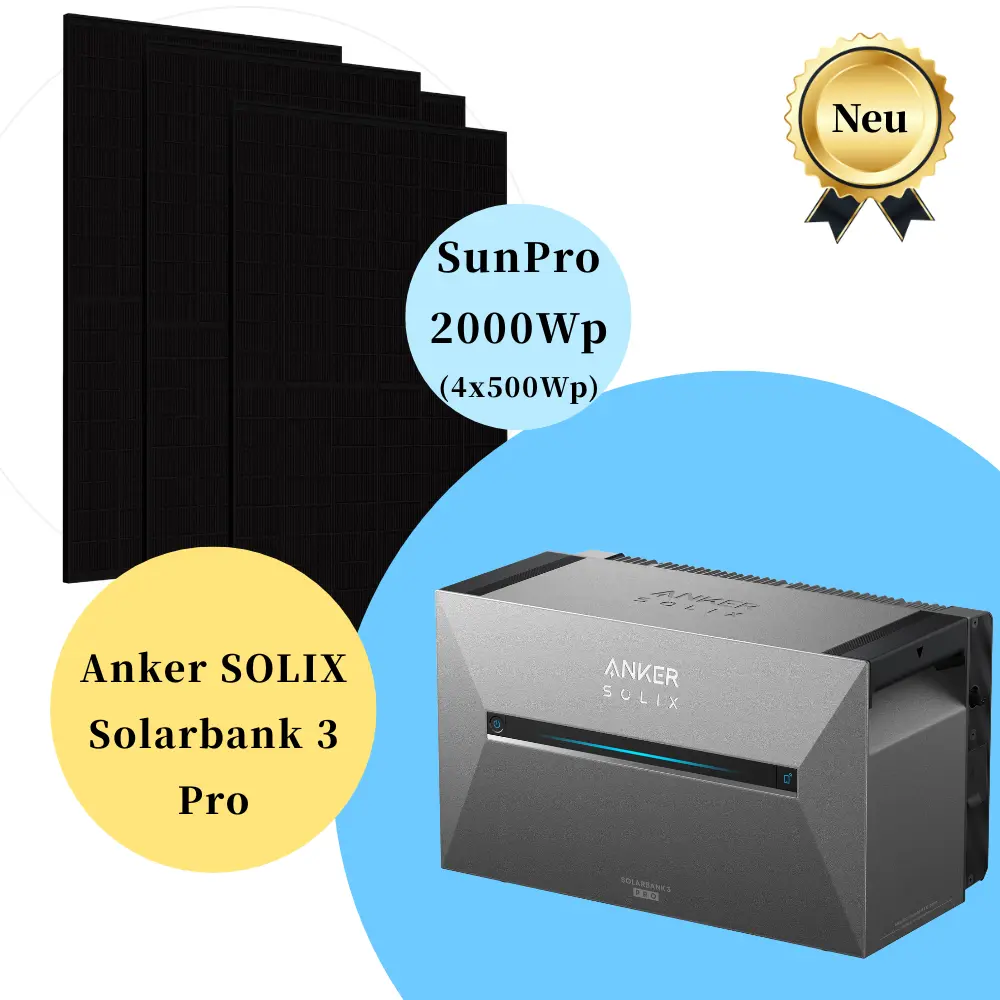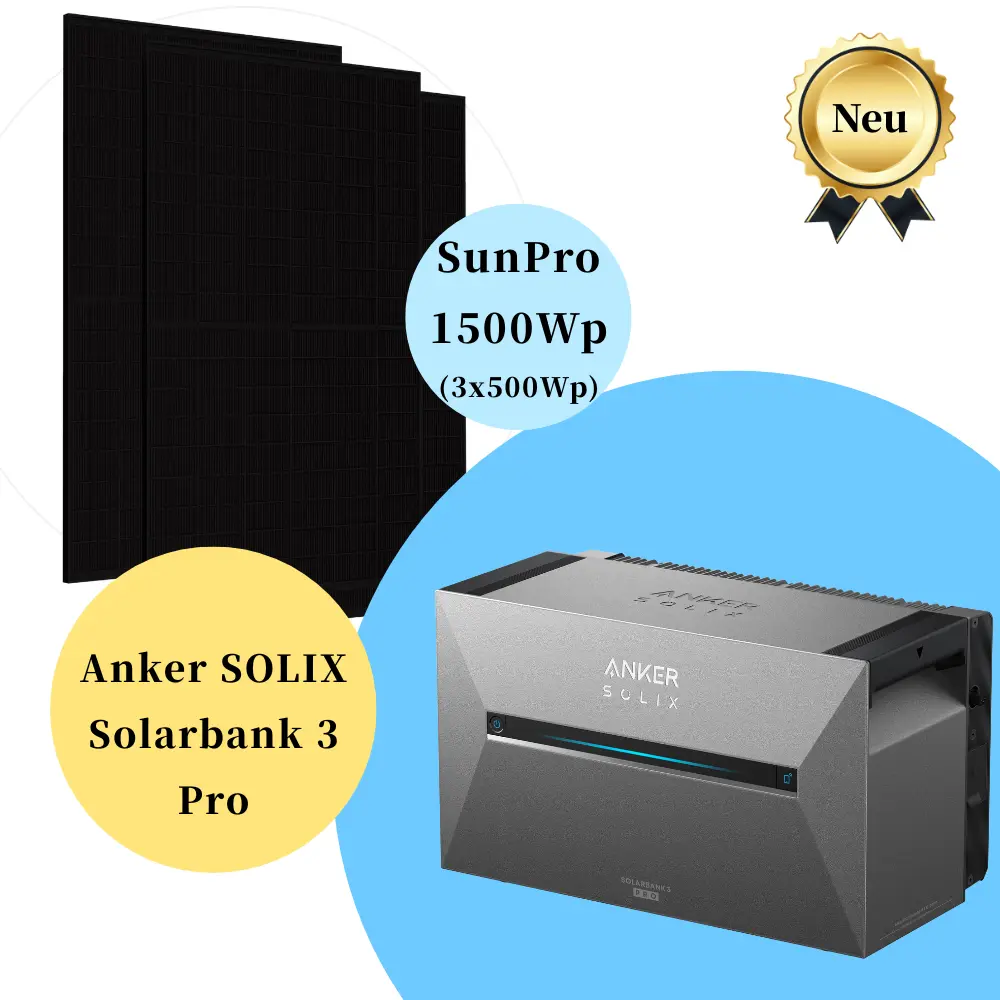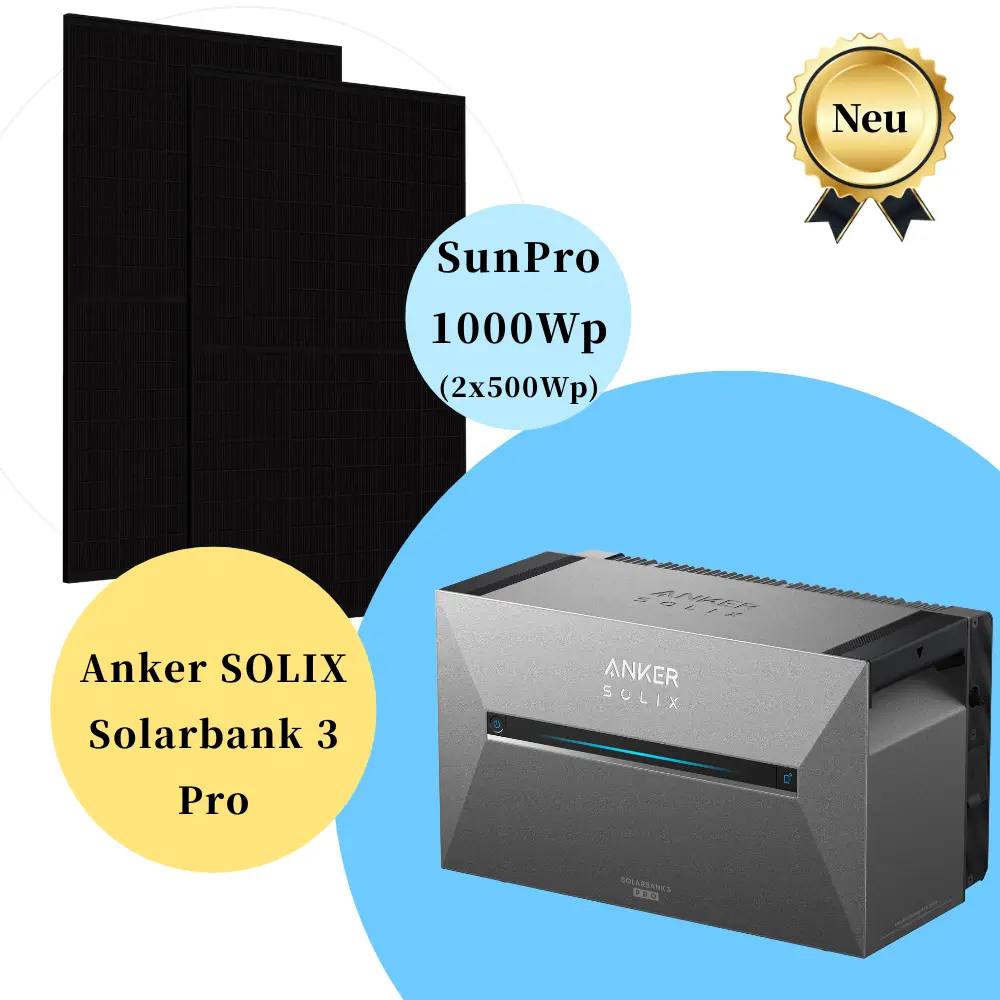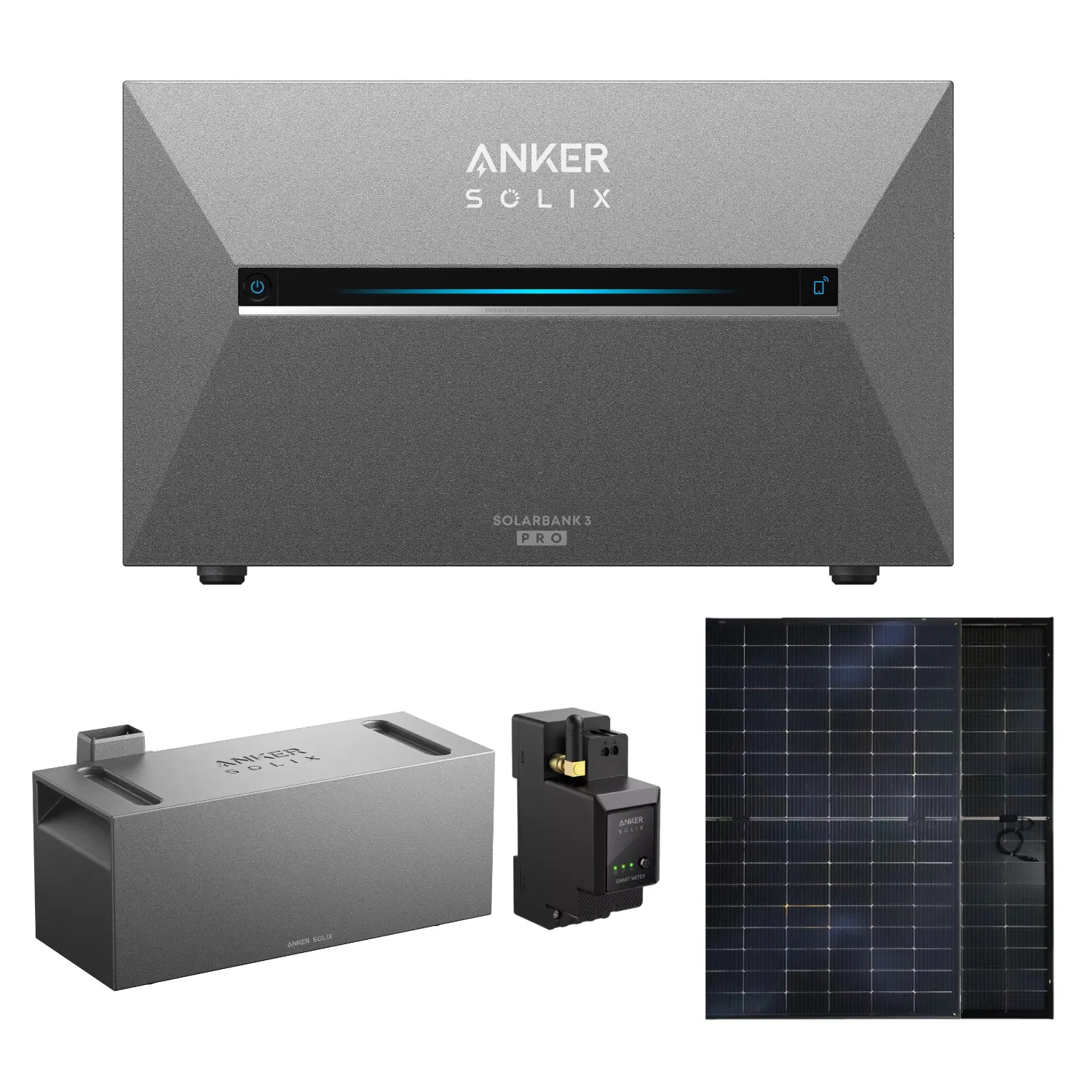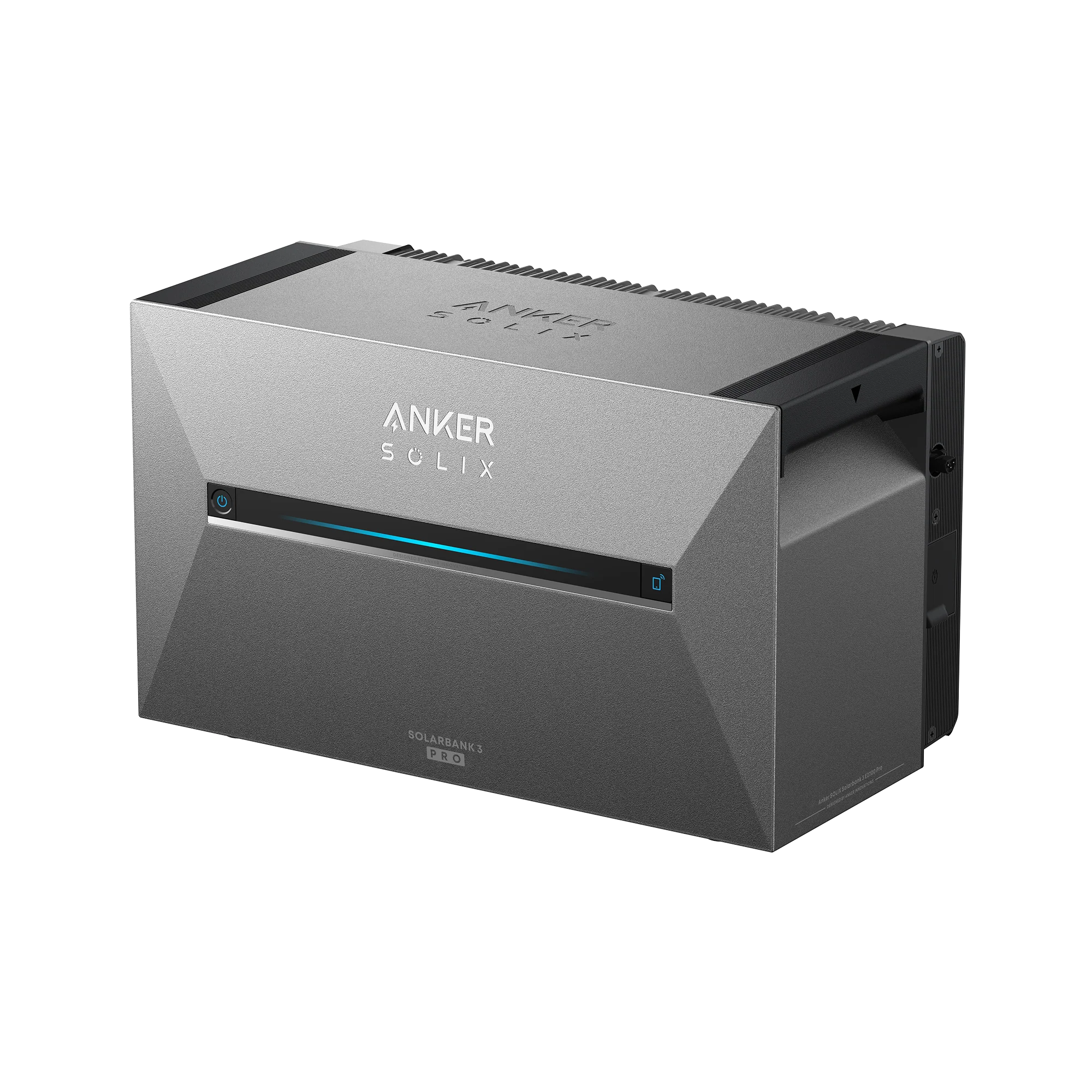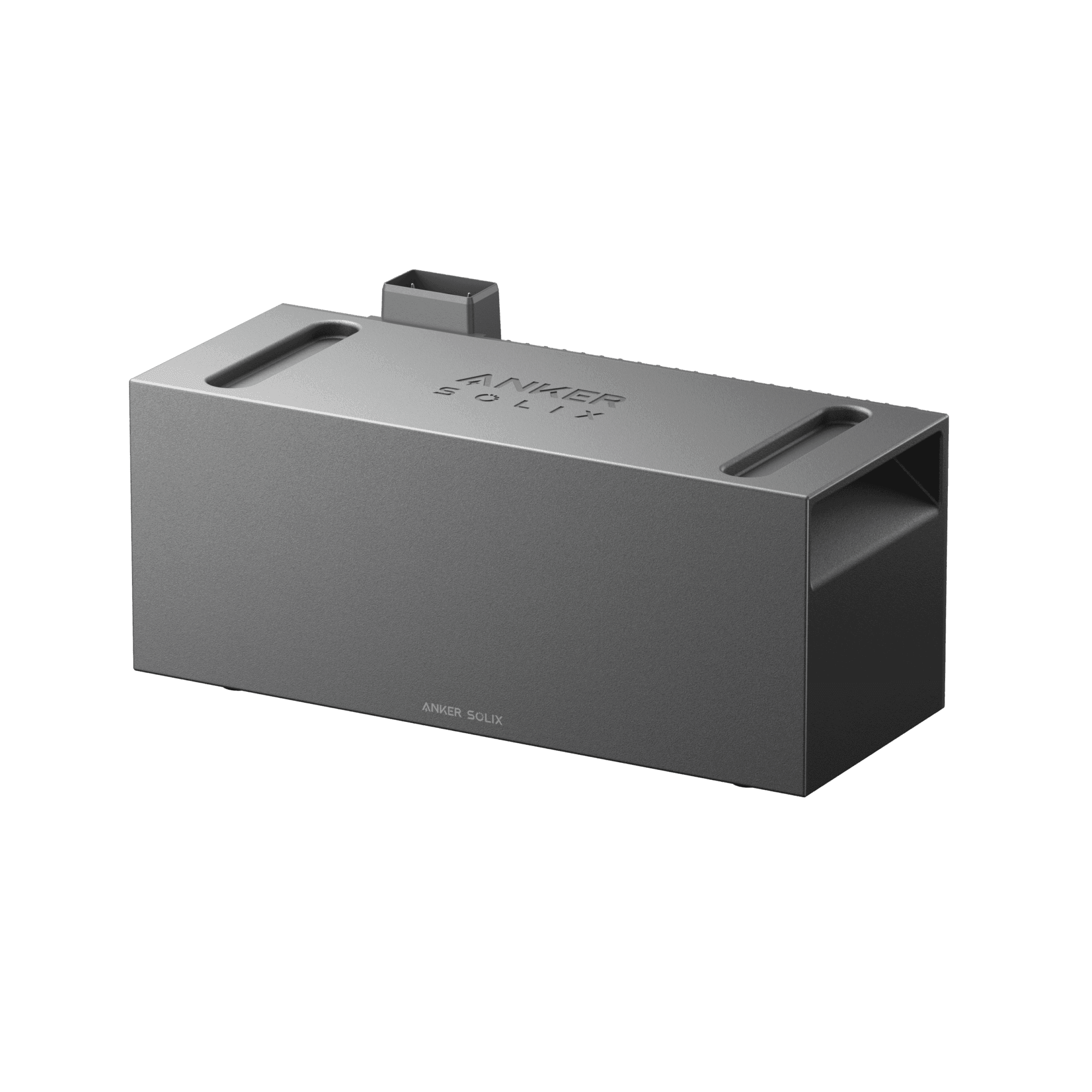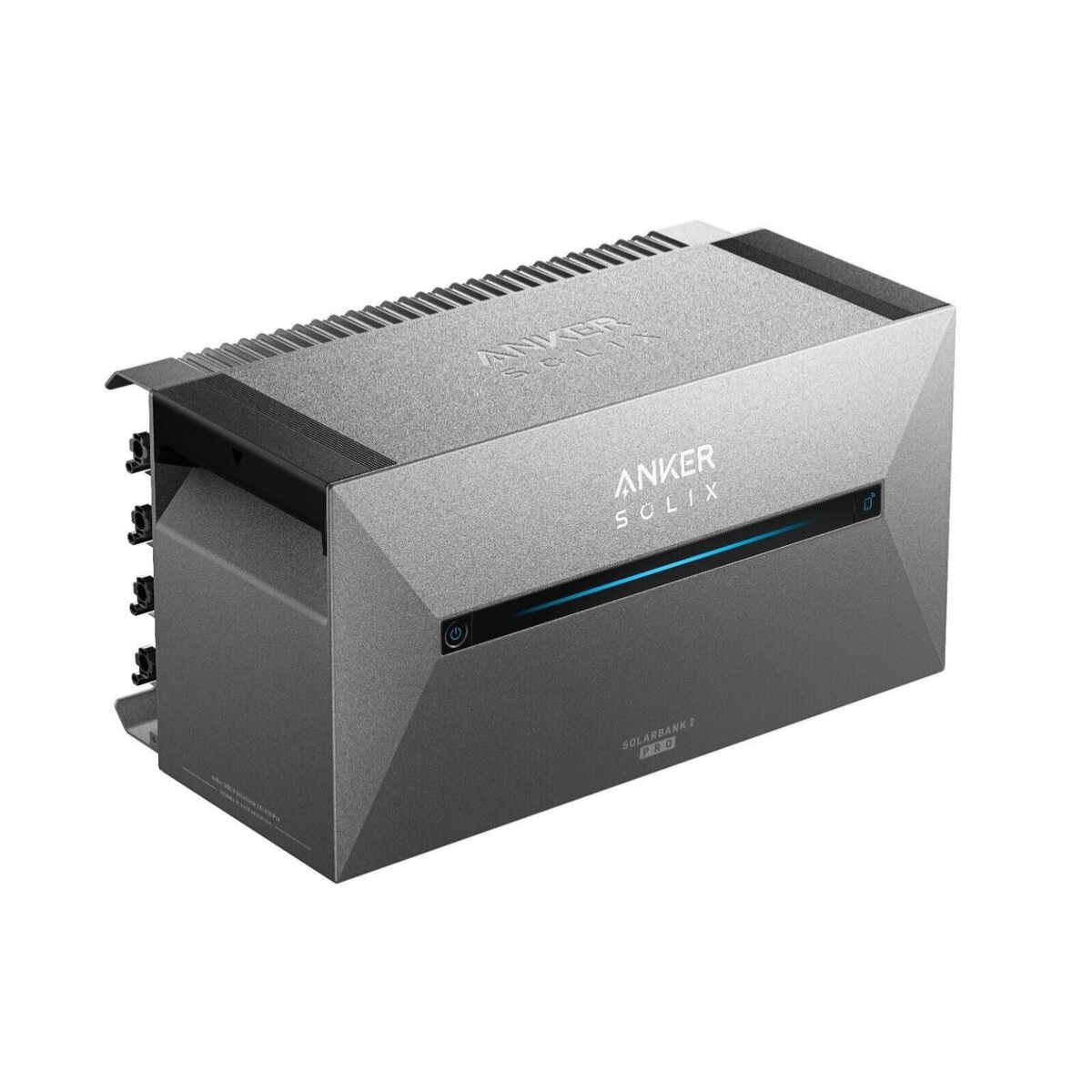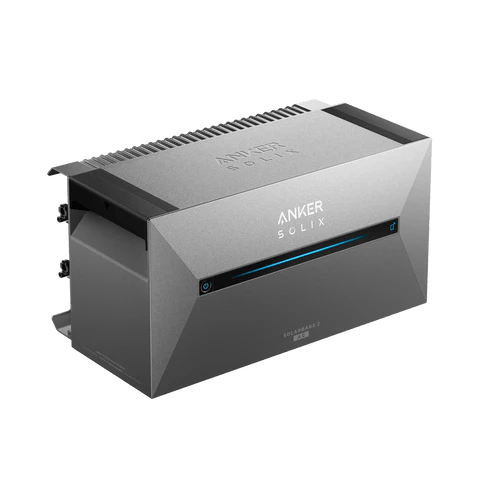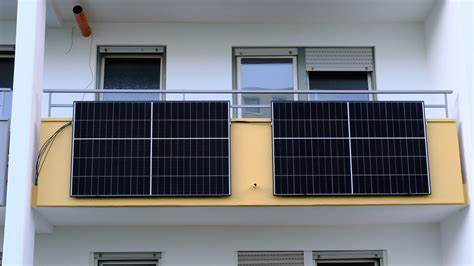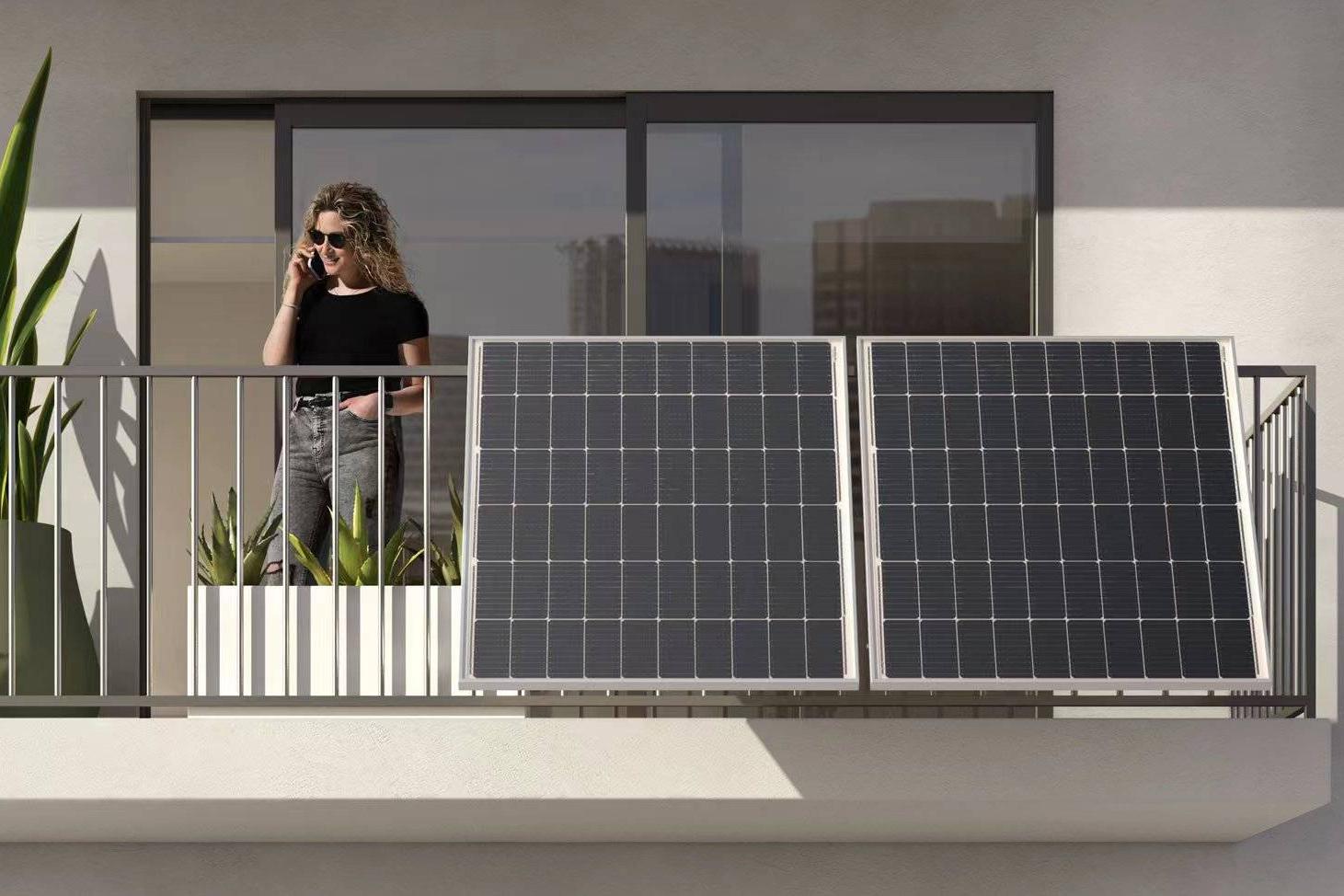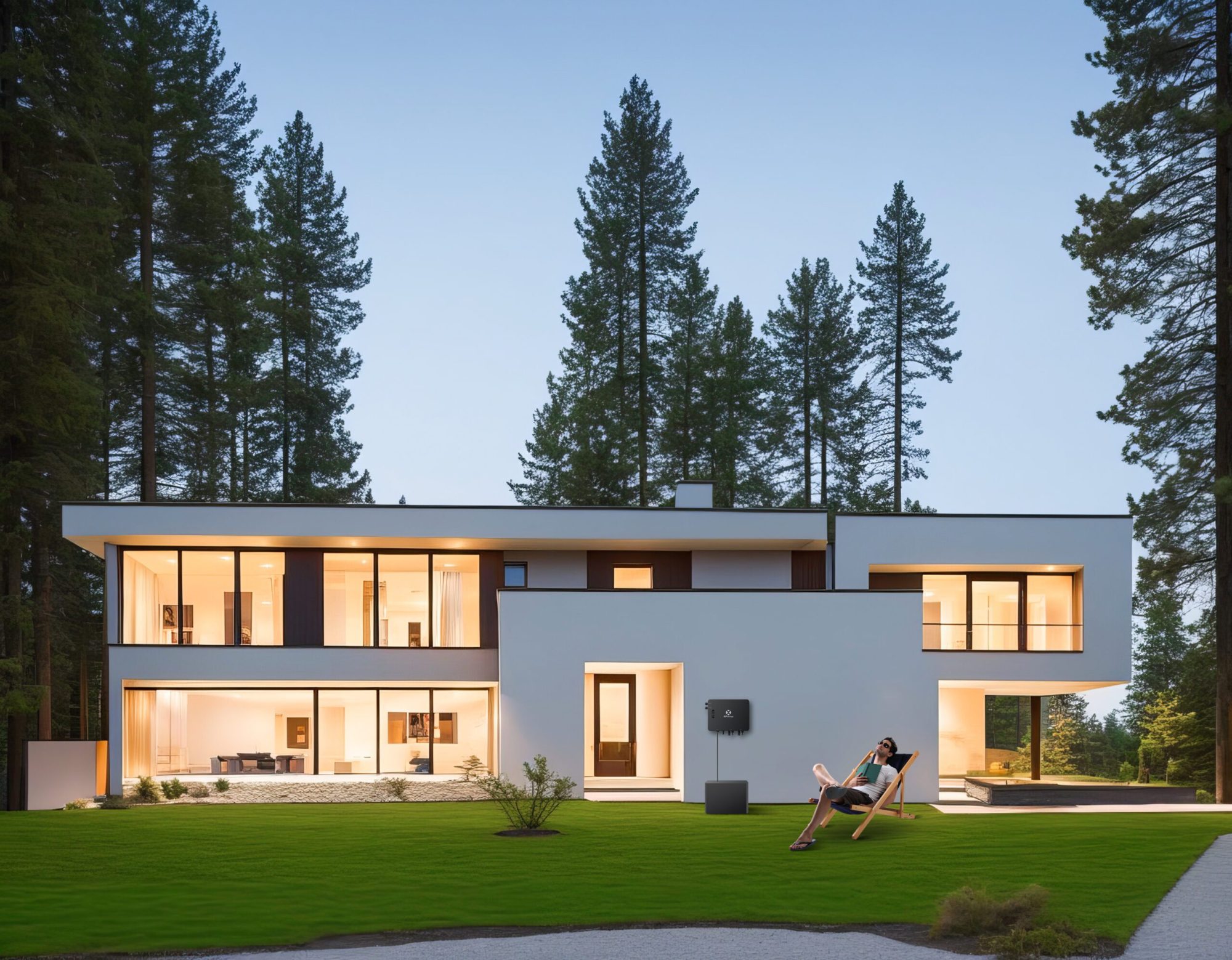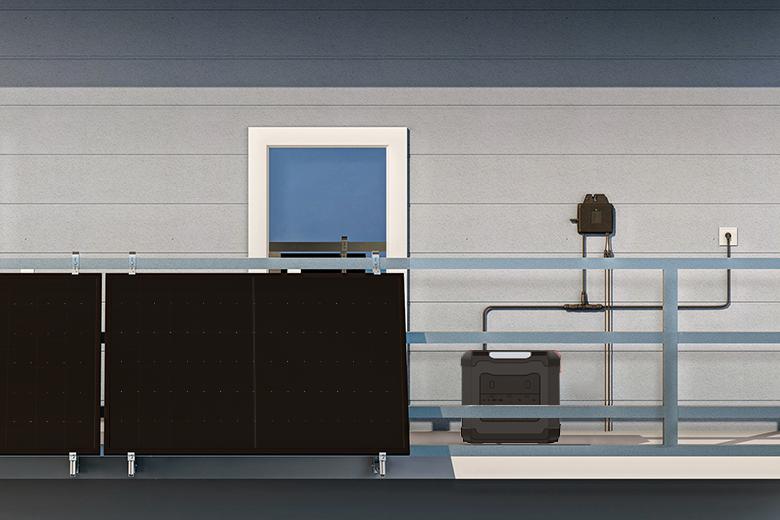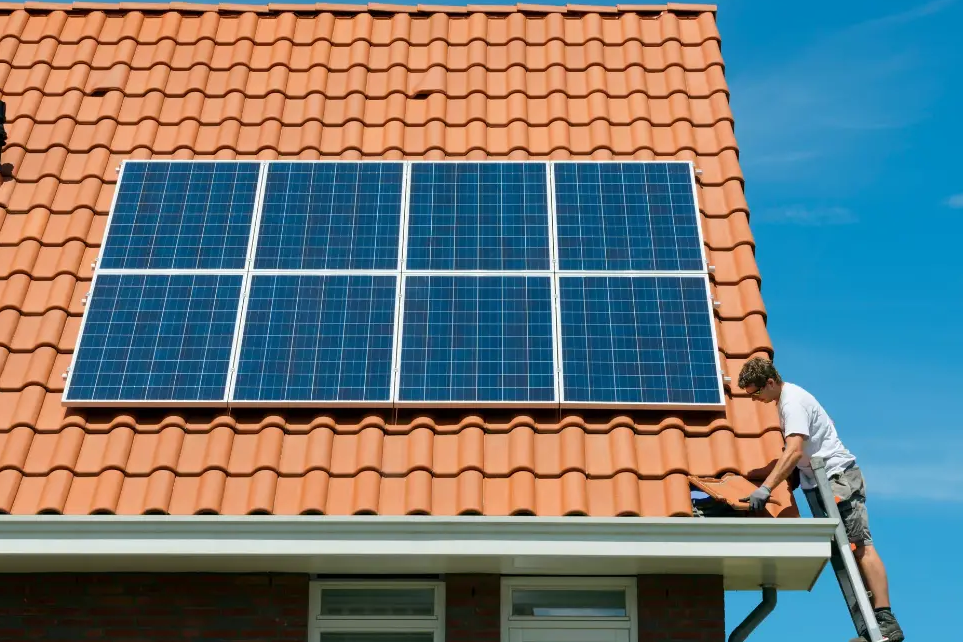Blog & News
Does photovoltaics also work without sun and in the shade?
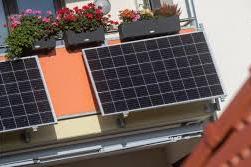
PV yield is lower under cloudy skies than under direct sunlight. However, the solar cells in solar modules generate solar energy even when the sun is at a lower level. Learn more about the impact of cloud cover and shade on photovoltaics in this guide.
First things first
PV system in cloudy conditions
A PV system works even in cloudy conditions. It achieves 10 to 25% of the yield under overcast skies.
Photovoltaics without sun
Photovoltaics doesn't work without the sun. Therefore, no electricity is produced at night. Moonlight isn't sufficient.
Solar system in the shade
Solar panels also work in the shade. The yield is then up to 90% lower than usual. Therefore, avoid permanent shading.
Diffuse light
Photovoltaics don't require direct sunlight to function. They can also absorb diffuse light.
Does photovoltaics work without sunlight and in the shade?
Solar systems also work without direct sunlight and in the shade. However, the solar yield then drops to about 10 to 25% of its normal output. Solar power production depends on the amount of available light, and this is available even without sunlight.
Contrary to popular belief, a solar system does not necessarily produce the most solar power in hot weather with lots of sunshine. Then the solar modules overheat and their performance can up to 25% This is why the technical specifications of solar modules state 25°C as the optimal temperature for power generation.
Compare photovoltaic offers now and save 30%!
Take 60 seconds and fill out a short form. We will connect you with up to five verified specialist companies in your region. The comparison is free and non-binding.
What is the yield of a photovoltaic system without sun and when the sky is overcast?
On dark days with overcast skies and no sun, the global radiation is about 200 W per square meterThis results in a yield of 0.15 to 0.30 kW per kWpA solar system with a capacity of 5 kWp generates under such conditions approximately 1000 watts.
Global radiation is the portion of solar energy that actually reaches the Earth's surface. It consists of direct radiation and diffuse radiation.
The difference:
- Direct radiation: Sun rays that hit the ground directly.
- Diffuse radiation: Sun rays that refracted onto the ground.
On sunny days, the diffuse radiation is about 25%When the sky is overcast, diffuse radiation increases to about 92% and the photovoltaic system produces less electricity.
| Nominal power of PV system | Yield without clouds | Yield under medium cloud cover | Yield in heavy cloud cover |
| 6 kWp | 6,000 kWh | 3,600 kWh | 1,200 kWh |
| 7 kWp | 7,000 kWh | 4,200 kWh | 1,400 kWh |
| 8 kWp | 8,000 kWh | 4,800 kWh | 1,600 kWh |
| 9 kWp | 9,000 kWh | 5,400 kWh | 1,800 kWh |
| 10 kWp | 10,000 kWh | 6,000 kWh | 2,000 kWh |
| 11 kWp | 11,000 kWh | 6,600 kWh | 2,200 kWh |
What happens if the PV system is partially shaded?
If the PV system is partially shaded, the bypass diodes in the solar modules shut down this part and redirect the current. Bypass diodes divide the module into three parts and protect it. However, bypass diodes have a limited lifespan and fail under constant load, causing significant damage.
| Shading of the PV system | PV power |
| 5 PV modules without shading | 100% |
| Partial shading, 1 module | 80% |
| Partial shading, 2 modules | 60% |
| Partial shading, 3 modules | 40% |
| Partial shading, 4 modules | 20% |
| Full shading | 0% |
To be on the safe side or in cases of permanent partial shading, PV optimizers or micro inverters are recommended.
Does a PV system work when it is cloudy?
A PV system functions even in cloudy conditions, despite lower solar radiation. Under ideal weather conditions, solar radiation in Germany is between 800 and 1,200 W/m². Under light cloud cover, solar radiation drops to 400 and 800 W/m². Under heavy cloud cover, global radiation is only 200 W/m².
A PV system continues to generate a Yield of 10 to 25 %Because global radiation is composed of direct and diffuse radiation. Direct radiation refers to the sun's rays that hit the ground directly. Diffuse radiation refers to the sun's rays that are refracted by the ground.
Compare photovoltaic offers now and save 30%!
Take 60 seconds and fill out a short form. We will connect you with up to five verified specialist companies in your region. The comparison is free and non-binding.
Does photovoltaics work completely without sun?
Photovoltaics doesn't work without the sun. Therefore, no energy is generated at night. This is because there is no absorbable sunlight available. Moonlight isn't enough to activate the solar modules. Therefore, they become inactive and no longer produce electricity during the night.
But photovoltaics also works without electricity generation if the PV system is equipped with a electricity storage The power storage system stores excess solar power during the day instead of feeding it into the public grid. The stored solar energy is used when there is no sun.
How much electricity does a PV system produce in winter?
Only 30 to 35 percent of the annual yield of a photovoltaic system is achieved in winter. The reason for this is the lower radiation output the sun and the higher average proportion of diffuse light due to cloud cover. Thus, on a midsummer day, up to 20 times more solar energy can reach Earth than on a cloudy winter day.
| solar radiation | No clouds | Light to moderate cloud cover | Cloudy / foggy |
| Summer | 600 to 1000 W / m² | 300 to 600 W / m² | 100 to 300 W / m² |
| winter | 300 to 500 W / m² | 150 to 300 W / m² | 50 to 150 W / m² |
Conclusion: Does solar also work in the shade?
Photovoltaic systems also produced without sun and in shade Energy. The solar cells absorb the photons contained in diffuse radiation and use them to generate solar electricity. However, the performance of the PV system in the shade is up to 90% lower than in direct sunlight.
However, even in partial shade, good yields can be achieved. PV optimizers and module inverters can significantly increase the performance of your solar system under such conditions.
To achieve the highest possible efficiency from solar modules, appropriate analyses, simulations, and forecasts should be conducted during the planning phase of a PV system. Therefore, rely on experienced and certified solar installers.

